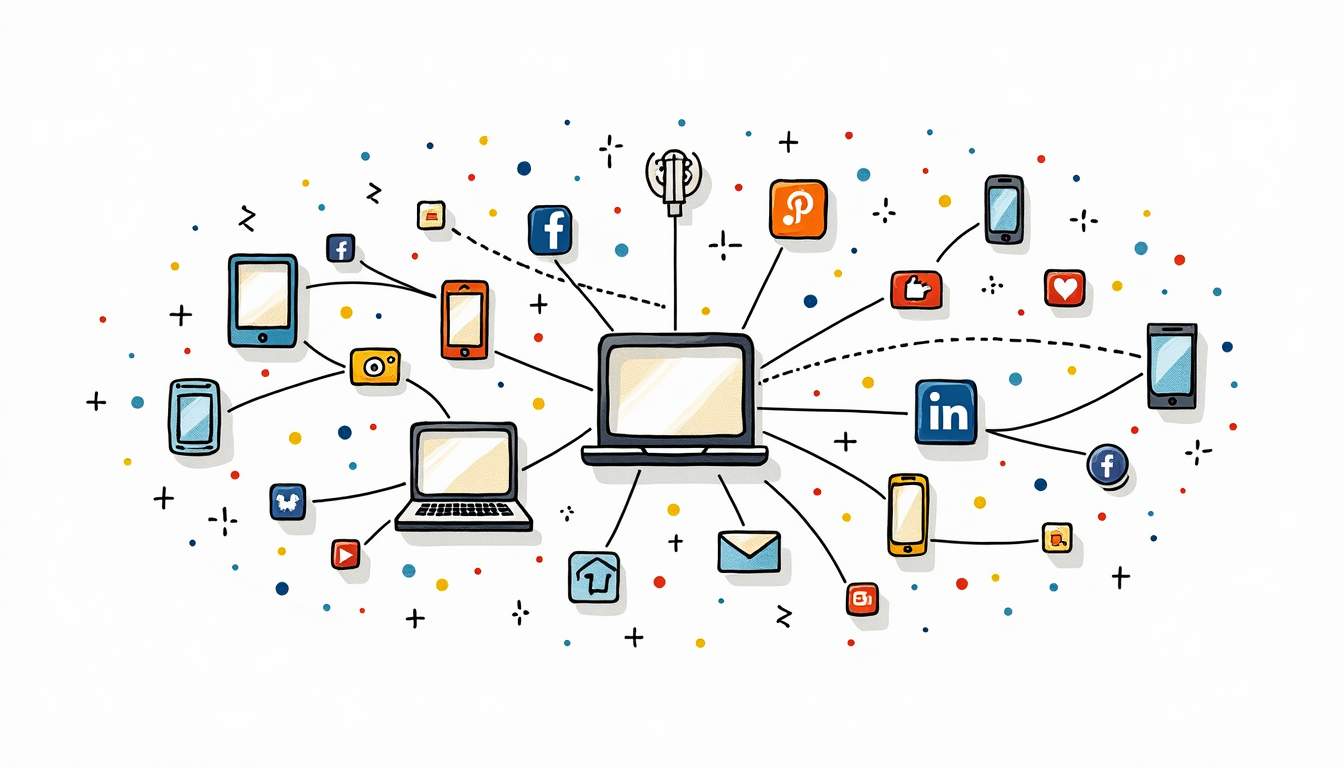In today's fast-paced digital world, businesses are constantly seeking ways to connect with their customers more effectively. Enter the multichannel communication platform-a game changer in how brands engage with their audience. This isn't just a trend; it's a necessity. With the multichannel marketing market projected to grow from $9.25 billion in 2024 to $11.65 billion in 2025, the urgency to adapt is palpable. But what does this mean for your business? Let's dive in.
Understanding Multichannel Communication
At its core, multichannel communication refers to the use of various channels to interact with customers. This could be through email, social media, SMS, or even chatbots. The goal? To create a seamless experience that meets customers where they are. With 86% of buyers willing to pay more for a better customer experience, the stakes are high.

The Importance of Customer Experience
Customer experience is no longer just a buzzword; it's a critical component of business strategy. When customers feel valued and understood, they are more likely to remain loyal. In fact, companies utilizing multichannel marketing report a staggering 91% increase in customer retention. This isn't just about keeping customers; it's about building relationships that last.
Consumer Expectations Are Rising
Recent studies reveal that 77% of businesses acknowledge a significant increase in consumer expectations for effective digital engagement over the past year. This shift means that brands must not only meet these expectations but exceed them. The pressure is on, and those who fail to adapt risk losing their competitive edge.
Leveraging Technology for Engagement
Artificial intelligence (AI) is playing a pivotal role in enhancing customer engagement strategies. A notable 55% of businesses affirm that AI is central to their approach. From personalized recommendations to automated responses, AI is transforming how brands interact with their customers.

Chatbots: The New Frontline
Over 50% of organizations have either implemented or plan to implement chatbots to enhance customer service. These digital assistants are available 24/7, providing instant responses to customer inquiries. This not only improves efficiency but also elevates the customer experience. Imagine a customer reaching out at midnight and receiving immediate assistance-this is the power of chatbots.
Data-Driven Insights
Data is the backbone of effective multichannel communication. The multichannel analytics market, valued at approximately $12.5 billion in 2024, is expected to reach $26.25 billion by 2033. This growth highlights the increasing importance of data in understanding customer behavior and preferences. By analyzing this data, businesses can tailor their communication strategies to better meet customer needs.
Building a Multichannel Strategy
Creating a successful multichannel communication strategy requires careful planning and execution. Here are some key steps to consider:
- Identify Your Channels: Determine which channels your customers prefer. This could include social media platforms, email, or SMS.
- Integrate Your Messaging: Ensure that your messaging is consistent across all channels. This builds trust and reinforces your brand identity.
- Utilize Analytics: Leverage data analytics to understand customer interactions and preferences. This will help you refine your strategy over time.
- Test and Optimize: Regularly test your communication strategies and optimize based on feedback and performance metrics.
Challenges to Overcome
While the benefits of multichannel communication are clear, there are challenges to navigate. For instance, maintaining consistency across channels can be difficult, especially as customer expectations continue to evolve. Additionally, integrating new technologies like AI and chatbots requires investment and training.
Staying Ahead of the Curve
To remain competitive, businesses must stay informed about emerging trends in multichannel communication. For example, the multichannel marketing hubs market is projected to rise from $5.8 billion in 2024 to $6.43 billion in 2025. This growth indicates a shift towards more sophisticated marketing solutions that can handle complex customer interactions.
Conclusion: The Future of Multichannel Communication
The future of multichannel communication is bright, but it requires a proactive approach. As consumer expectations continue to rise, businesses must adapt and innovate. By leveraging technology, understanding customer needs, and building a robust multichannel strategy, brands can not only survive but thrive in this dynamic landscape. The question is, are you ready to embrace the change?

